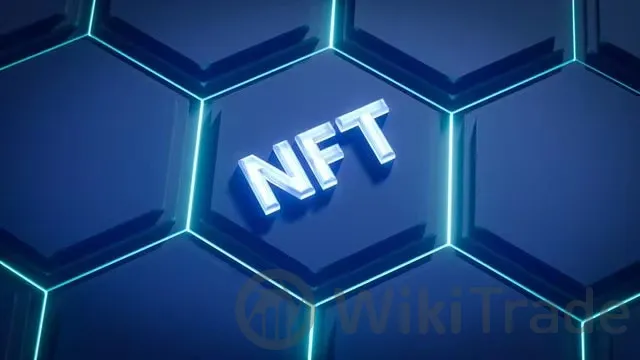How much energy does it take to make an nft
Abstract: Non-fungible tokens (NFTs) are revolutionizing digital ownership, but they come with a significant environmental cost due to the energy-intensive nature of blockchain technology. This article delves into the energy demands of creating and managing NFTs, focusing on the Ethereum network, which is a popular choice for minting these unique digital assets.
The Process of Creating an NFT
Creating an NFT involves several steps: setting up a smart contract, uploading metadata and assets to decentralized storage systems like IPFS, and minting the NFT on the blockchain. The energy required for these processes is substantial, particularly due to the computational power needed for transactions and the network fees, or 'gas,' paid to miners.

The Environmental Impact of NFTs
The environmental impact of NFTs is a hot topic, with critics highlighting the unsustainable energy consumption of blockchain networks, especially those using Proof of Work (PoW). Ethereum, for instance, has been compared to small countries in terms of energy consumption, with estimates suggesting it uses over 20 TWh per year.

Energy Consumption of a Single NFT
The energy consumption for creating and transacting a single NFT can be significant. Factors such as smart contract complexity, network congestion, and mining hardware efficiency all play a role. On average, minting an NFT could consume as much electricity as an EU resident uses in over a month.

Industry Efforts to Improve Energy Efficiency
As awareness of the environmental impact grows, the industry is responding with measures to reduce energy consumption. Transitioning from PoW to Proof of Stake (PoS) is a significant shift, with Ethereum 2.0 expected to reduce energy use by over 99%. Other innovations include “lazy minting,” which defers NFT minting until after a sale, reducing energy waste.

Platforms and Artists Responding to Energy Concerns
Major NFT platforms are adopting eco-friendly solutions, such as layer-2 technologies like Polygon, which reduce energy usage per transaction. Artists are also taking steps, like offsetting their carbon footprint through renewable energy investments or carbon credits.

Case Studies in Sustainable NFT Practices
High-profile NFT projects are leading the way in sustainability. The World Wildlife Fund (WWF) launched NFTs on a PoS platform, aligning with their environmental goals. Artist Beeple pledged to make his NFT drops carbon-neutral by using renewable energy and purchasing carbon offsets.

Looking Ahead: Future Technologies and Market Trends
The future of NFTs is likely to be shaped by sustainable technologies and consumer preferences. Innovations like DAOs and layer-2 solutions are expected to further reduce energy demands, while market trends suggest a growing demand for greener alternatives.

FAQs
- Energy Required to Create an NFT: Varies widely but can be substantial, especially on PoW blockchains.
- Blockchain Technology's Impact on Energy Consumption: Primarily through consensus mechanisms, with PoW being the most energy-intensive.
- Technologies to Reduce NFT Energy Usage: Transition to PoS, layer-2 solutions, optimized transaction batching, and energy-efficient blockchains.
- Blockchain Platforms for Minimal Environmental Impact: Choose platforms with PoS, layer-2 support, and transparency on energy consumption.
- Assessing NFT Project Energy Efficiency: Consider the consensus mechanism, blockchain choice, sustainability practices, and use of secondary technologies.
As the NFT market evolves, sustainability is becoming a key differentiator, driving innovation and shaping the industry's future.




Top News
 WikiTrade
WikiTrade WikiTrade
WikiTrade WikiTrade
WikiTrade WikiTrade
WikiTrade WikiTrade
WikiTrade WikiTrade
WikiTrade WikiTrade
WikiTrade WikiTrade
WikiTrade WikiTrade
WikiTrade WikiTrade
WikiTrade

